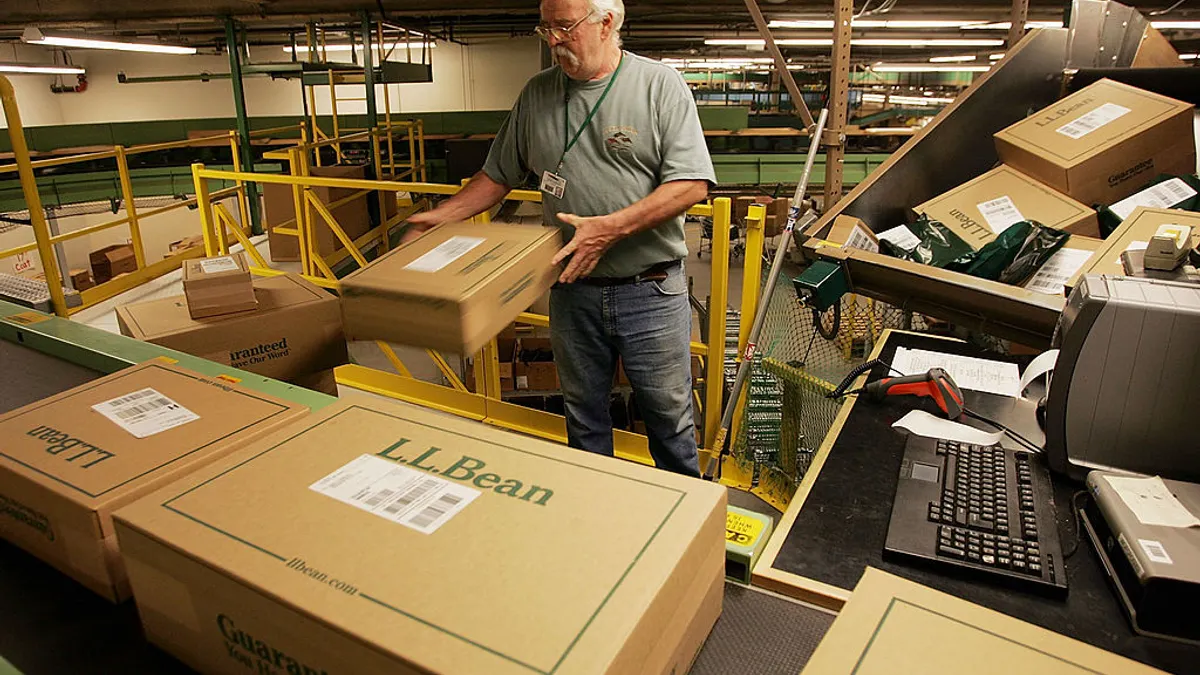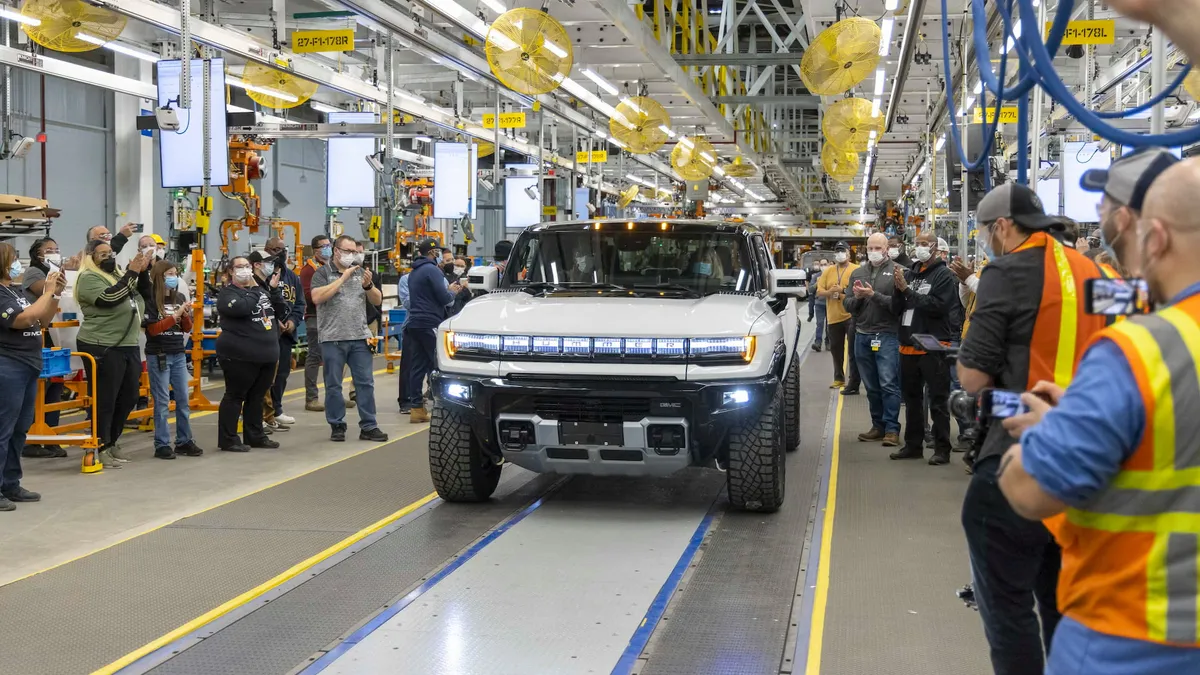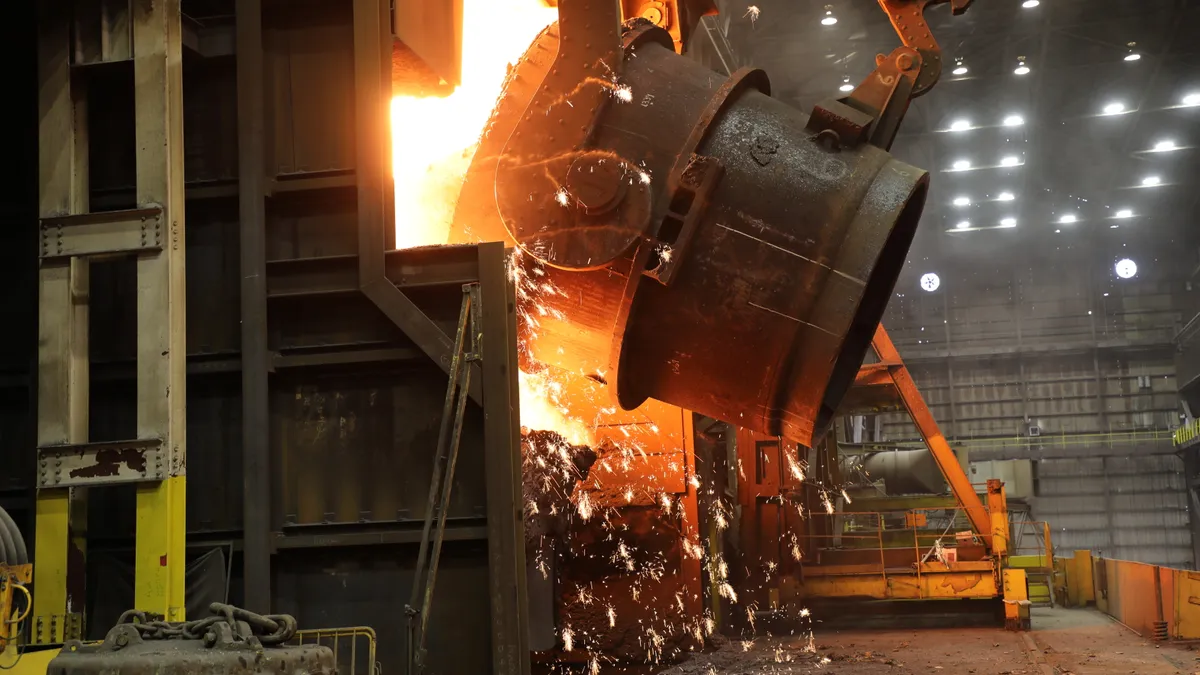As millions of near-retirement age business owners plan their company’s future, experts say employee ownership plans could help retain and attract more workers for U.S. manufacturing.
Common types of employee ownership schemes include employee stock ownership plans, employee ownership trusts and worker cooperatives.
The U.S. has more than 6,500 employee stock ownership plans, holding total assets of more than $1.8 trillion, according to the National Center for Employee Ownership. Manufacturing companies account for the largest segment of those with ESOPs.
Proponents say these systems can help employees build wealth and provide business owners with a community-focused alternative to a third-party sale. They also note that ESOPs can give businesses an edge over competitors in challenging times.
According to NCEO, ESOP food companies had a 6% median quit rate in 2020 versus a 20% rate for non-ESOP companies. ESOP respondents were also more likely to say that their company fared better than competitors during the pandemic.
Project Equity, a nonprofit that supports employee ownership, found ESOPs were 1.5 times more likely to avoid closure for any reason compared with comparable non-employee-owned companies over a 10-year period.
Nancy Wiefek, research director at NCEO, said that ESOPs can be an especially good fit for cases where owners feel a strong sense of connection with employees, want to maintain a local sense of community for the company and care about their legacy. “They can make sure that the company stays as they want it,” Wiefek said.
As with any company sale, ESOPs can be complex. Wiefek emphasized that in order for it to work, a business needs to be successful. “It really doesn't work well to rescue a business that’s struggling,” she said.
ESOPs are one way to prepare for the so-called “silver tsunami” that is on the way. According to Project Equity, 2.9 million businesses in the U.S. have owners that are aged 55 or older. As these executives get ready for their retirement, many might struggle to find timely buyers for their businesses.
One business owner that converted to an ESOP as part of a plan to prepare for retirement is Eddie Leventhal. As he was getting older, he wanted an exit strategy from his companies: Valco Industries, of which he was the 100% owner, and A&E Powder Coating, which was a partnership with his son.
Valco is a metal fabricator and A&E provides industrial powder coating services. Leventhal estimated the companies currently have around 95 employees.
Leventhal decided to convert to an ESOP after a series of meetings with specialists who had experience working with family businesses. It provided an avenue for him to continue working in his role as president, and guarantee that the business would remain based in Springfield, Ohio.
Springfield once had a lot of family- and locally-owned manufacturing companies, but now Leventhal said “a lot of that is gone.” When local businesses are sold to out-of-state entities Leventhal said he feels it can affect workers and their sense of community. “It’s certainly a different relationship with the new owners, and I think ultimately that changes the complexity,” he added.
Leventhal wanted to ensure that he could keep his current staff employed “and find a path or a way to reward those who worked here and were committed to our success,” he said. “The ESOP checked pretty much all the boxes that were important to me.”
“I certainly think it was a good decision,” Leventhal said. “If I had to do it over again, I probably would have spent a great deal more time doing some due diligence.”
He completed the ESOP deal in March 2021. The whole process took about a year and turned out to be more costly and complex than initially anticipated.
He had to hire an attorney and find an independent trustee to represent employees. An external firm conducted a deep dive into the valuation of the company. A negotiation between an independent trustee and a professional advisor was needed to come up with a price for the transaction. The company also began working with a new bank for the transaction, as the one Leventhal had used for years had no experience with ESOPs.
Torani, a flavored syrups company with over 400 employees in the San Francisco Bay area, is another notable ESOP example. The company also needed many advisors on legal, financial, and tax matters to implement their ESOP scheme. CEO Melanie Dulbecco said this process shouldn’t be underestimated and “took a lot to put it together.”
Another challenge that Leventhal has faced is getting younger team members to care deeply about retirement planning.
“A lot of 25-year-olds aren’t much interested in what life looks like at 65,” he said.
Now, he’s pushing forward to assist in financial literacy for staff. This includes having a representative from a bank put on a class that employees could sign up for, as well as bringing in a financial planner to meet with staff.
Wiefek echoed Leventhal’s experience on employees’ financial skills being a core challenge for getting strong support for ESOPs.
“For a lot of workers, it sounds almost too good to be true,” she said, adding that for companies who can navigate these challenges, “it can really be a competitive advantage.”
Torani’s Dulbecco said her company has also navigated this perception, because “usually, stock is something that’s accessible to people in the executive team or highly compensated folks.”
She wanted to create a structure to make it something that all team members could enjoy. Dulbecco said the response from staff has been positive. New recruits that recently joined Torani’s warehouse and distribution team were excited when they learned they were automatically enrolled in the ESOP.
But Dulbecco emphasized that an ESOP is just one piece of a holistic people-first approach for the business, adding that younger staff especially value career mobility and growth opportunities.
“I think we need a whole refresh in the way we think about, not just manufacturing, but front-line team members,” she said.






















